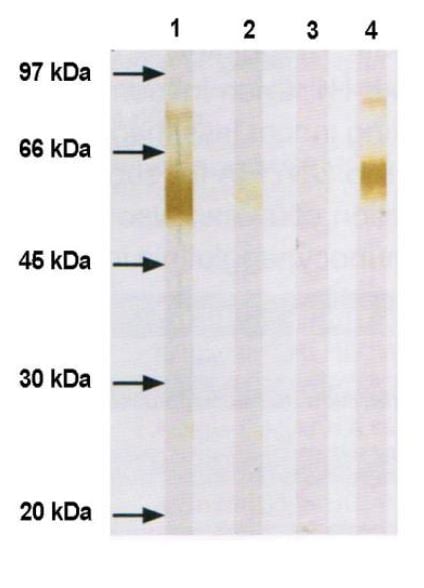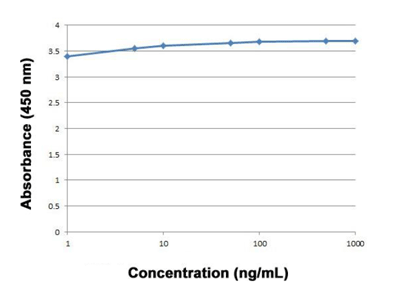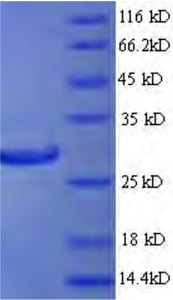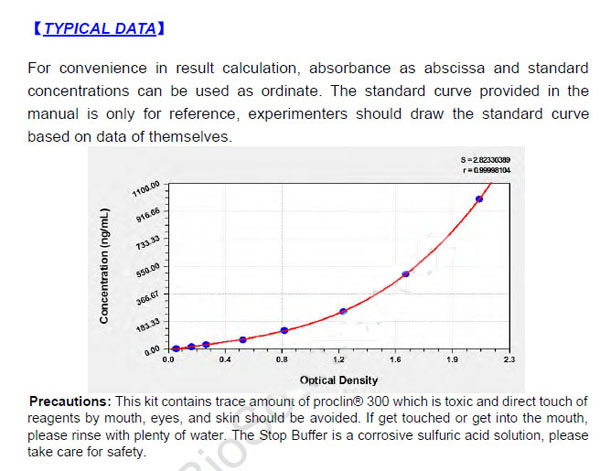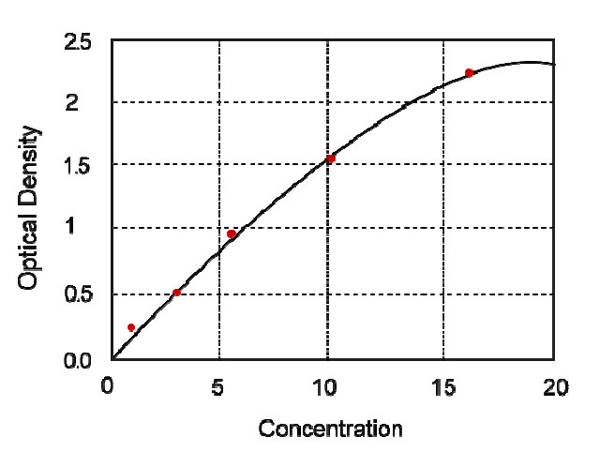Mouse anti-All HA-Tag Monoclonal Antibody | anti-HA antibody
HA-Tag Monoclonal Antibody
Reactivity
All
Applications
Immunofluorescence, Western Blot
Purity
Protein A/G Purified
Synonyms
HA-Tag, Antibody; HA-Tag Monoclonal Antibody; HA epitope tag; HA1; HA2; hemagglutinin; Hemagglutinin HA1 chain; Hemagglutinin HA2 chain; anti-HA antibody
Host
Mouse
Reactivity
All
Clonality
Monoclonal
Isotype
IgG2a
Purity/Purification
Protein A/G Purified
Form/Format
PBS with 0.1% sodium azide, 50% glycerol, pH 7.4
Concentration
1mg/mL (varies by lot)
Applicable Applications for anti-HA antibody
IF (Immunofluorescence), WB (Western Blot)
Immunogen
Synthetic peptide corresponding to HA tag conjugated to keyhole limpet haemocyanin.
Conjugation
Unconjugated
Preparation and Storage
Store at -20 degree C. Avoid freeze/ thaw cycles.
Related Product Information for anti-HA antibody
The HA tag is derived from the HA-molecule corresponding to amino acids 98-106. It has been extensively used as a general epitope tag in expression vectors. Many recombinant proteins have been engineered to express the HA tag, which does not appear to interfere with the bioactivity or the biodistribution of the recombinant protein.
Product Categories/Family for anti-HA antibody
Similar Products
Product Notes
The HA (Catalog #AAA178013) is an Antibody produced from Mouse and is intended for research purposes only. The product is available for immediate purchase. The HA-Tag Monoclonal Antibody reacts with All and may cross-react with other species as described in the data sheet. AAA Biotech's HA-Tag can be used in a range of immunoassay formats including, but not limited to, IF (Immunofluorescence), WB (Western Blot). Researchers should empirically determine the suitability of the HA for an application not listed in the data sheet. Researchers commonly develop new applications and it is an integral, important part of the investigative research process. It is sometimes possible for the material contained within the vial of "HA-Tag, Monoclonal Antibody" to become dispersed throughout the inside of the vial, particularly around the seal of said vial, during shipment and storage. We always suggest centrifuging these vials to consolidate all of the liquid away from the lid and to the bottom of the vial prior to opening. Please be advised that certain products may require dry ice for shipping and that, if this is the case, an additional dry ice fee may also be required.Precautions
All products in the AAA Biotech catalog are strictly for research-use only, and are absolutely not suitable for use in any sort of medical, therapeutic, prophylactic, in-vivo, or diagnostic capacity. By purchasing a product from AAA Biotech, you are explicitly certifying that said products will be properly tested and used in line with industry standard. AAA Biotech and its authorized distribution partners reserve the right to refuse to fulfill any order if we have any indication that a purchaser may be intending to use a product outside of our accepted criteria.Disclaimer
Though we do strive to guarantee the information represented in this datasheet, AAA Biotech cannot be held responsible for any oversights or imprecisions. AAA Biotech reserves the right to adjust any aspect of this datasheet at any time and without notice. It is the responsibility of the customer to inform AAA Biotech of any product performance issues observed or experienced within 30 days of receipt of said product. To see additional details on this or any of our other policies, please see our Terms & Conditions page.Item has been added to Shopping Cart
If you are ready to order, navigate to Shopping Cart and get ready to checkout.









